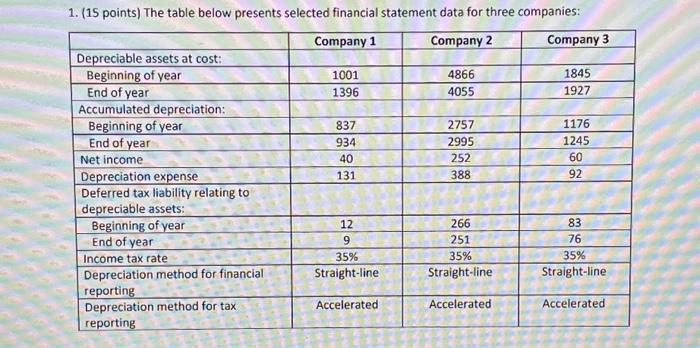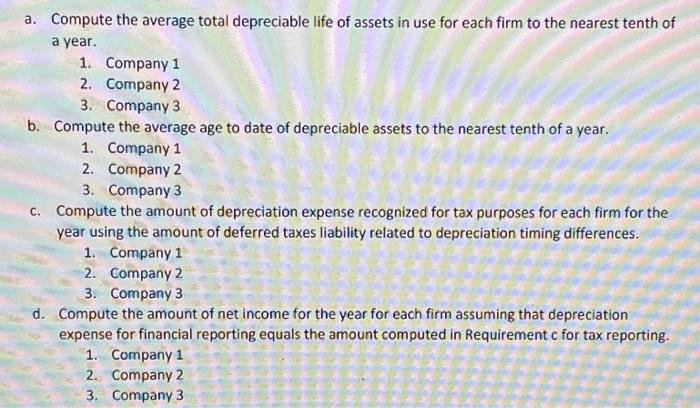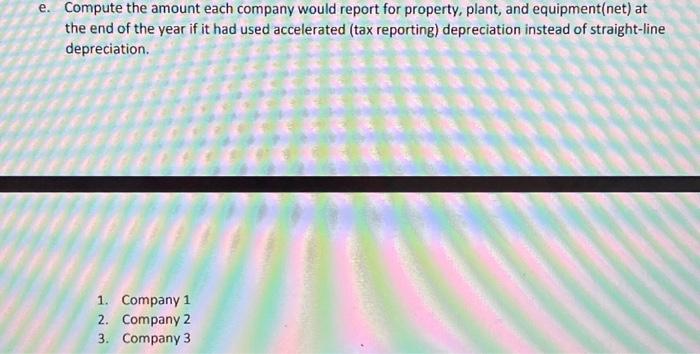Answered step by step
Verified Expert Solution
Question
1 Approved Answer
1. (15 points) The table below presents selected financial statement data for three companies: begin{tabular}{|c|c|c|c|} hline= & Company 1 & Company 2 & Company 3



Step by Step Solution
There are 3 Steps involved in it
Step: 1

Get Instant Access to Expert-Tailored Solutions
See step-by-step solutions with expert insights and AI powered tools for academic success
Step: 2

Step: 3

Ace Your Homework with AI
Get the answers you need in no time with our AI-driven, step-by-step assistance
Get Started


